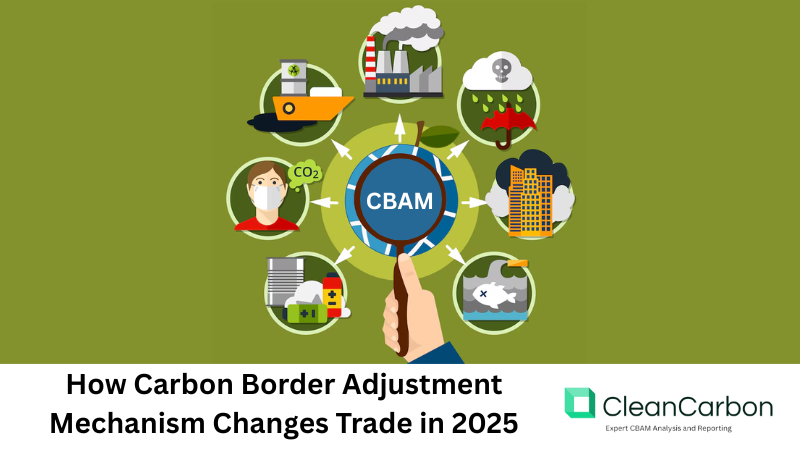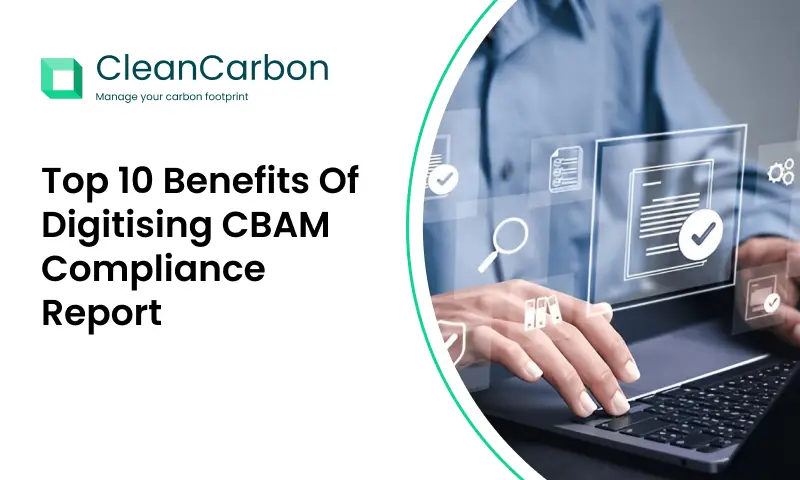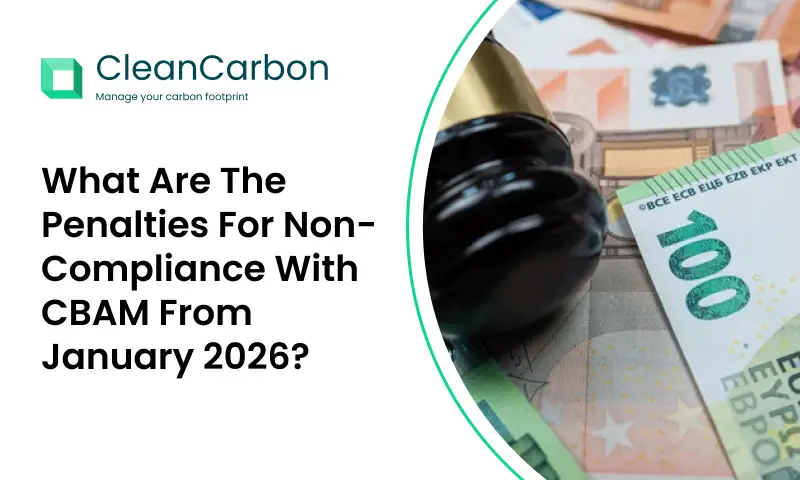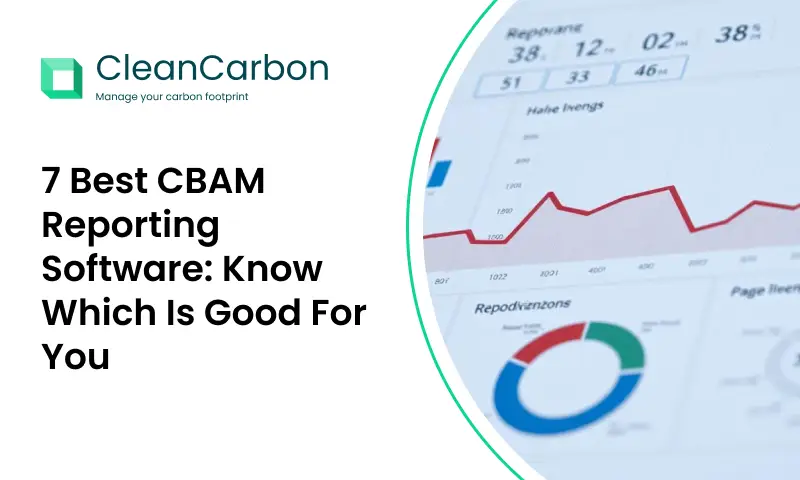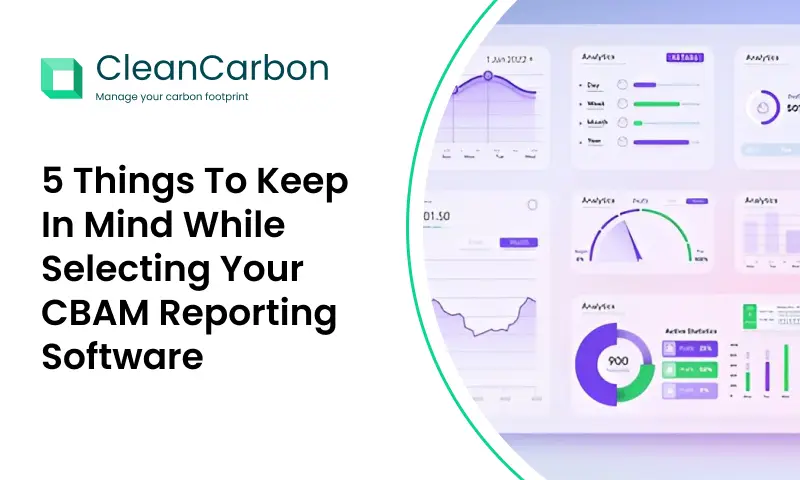Unraveling the Carbon Border Adjustment Mechanism by 2025
The European Union’s Carbon Border Adjustment Mechanism (CBAM) is a titanic step climate policy for world governance. CBAM is a levelling of the playing field with carbon levies, a core policy for supporting the EU’s internal allowance system and backing climate neutrality ambitions. The policy is racing to titanic scaling up by 2025, a titan bound leap in global industry and commerce.
What is the Carbon Border Adjustment Mechanism
The Carbon Border Adjustment Mechanism is a EU-conceived green policy tool to charge a carbon pricing on some imported goods. Its main purpose is to prevent “carbon leakage,” where producers shift production to countries with less stringent emission rules. CBAM targets cement, aluminum, iron and steel, fertilizers, hydrogen, and electricity—sectors infamous for their massive carbon emissions.
Instead of undercutting EU companies with stricter eco-regulations, CBAM equates foreign products to carbon taxation. This puts pressure on non-EU producers to go green ecologically and balance global trade with sustainability.
The Transitional Phase of the Carbon Border Adjustment Mechanism
Phasing-in of the Carbon Border Adjustment Mechanism has begun in October 2023 and will come to an end by December 2025. During this time, firms are not obligated to pay for embedded emissions in importing. Nevertheless, they must report quarterly the amount of quantity of emissions to be imposed on their products.
This transition period provides opportunity for good reporting systems to be implemented by importers and authorities. It also provides manufacturers and exporters an opportunity to learn the nitty-gritty of emission estimation and then adjust accordingly.
Transition period is a “learning runway” with space to phase out prior to economic impact in 2026. It is therefore a full component of good CBAM framework implementation.
Unilateral Full Implementation of the Carbon Border Adjustment Mechanism in 2026
Ever since 1st January 2026, the Carbon Border Adjustment Mechanism has been in full force. Import businesses since then have been compelled to purchase CBAM certificates, which are pegged to the carbon intensity of imports.
These certificates will be valuable according to the EU Emissions Trading System so that products’ buyers rightfully pay for the EU products’ carbon. It is a greener and more just playing ground.
To meet the new regulation, the businesses will have to be “approved CBAM declarants.” They shall all have to be registered and licensed importers of CBAM-covered goods. It will not delay compliance or supply chain problems.
Provision for the Small Business in the Carbon Border Adjustment Mechanism
To provide relief for the regulatory cost burden imposed by the CBAM on small and medium-sized enterprises (SMEs), the EU has incorporated a simplification rule into the Carbon Border Adjustment Mechanism. A de minimis threshold of 50 tonnes keeps the small-volume importers out of undue requirements.
This exception to the plan excludes small importers at no expense to environmental goals since big producers are responsible for most CO₂ emissions. The remainder enables the achievement of goals to sustainability without unfairly penalizing the smaller ones.
The Carbon Border Adjustment Mechanism and International Trade Relations
The global scope of the Carbon Border Adjustment Mechanism extends way beyond Europe. Its trading partners globally, particularly the most carbon-intensive export-oriented ones, are watching closely how the policy will impact their economies.
The step has triggered some protectionist unease. But the EU believes the step is on grounds of environmental justice, and not trade restriction. But the mechanism is to prompt nations to make emissions transparent and possibly rethink production strategy.
Increasingly, the emerging economies such as India are already in discussions with the EU regarding the bilateral trade effect of CBAM and is an indicator of how this regulative tool is transforming business relations around the world.
Adjusting to the Carbon Border Adjustment Mechanism
For international companies, the Carbon Border Adjustment Mechanism is no longer optional-but a requirement. Importers need to start measuring the carbon impact of their supply chains and utilizing sophisticated reporting tools in an attempt to keep pace with evolving compliance regulations.
These vary from making amounts of emissions available directly from the producers, carbon hotspots auditing supply chains, and publicly available open documentation to be audited. Early movers gain a competitive advantage as climate-intelligent leaders in an expanding sustainability-aware market,.
Clean tech and cleaner supply chain sourcing investments can both capture existing emissions as well as future cost avoidance under CBAM, as good business sense independent of mere regulatory necessity.
Strategic Importance of the Carbon Border Adjustment Mechanism in Climate Policy
The Carbon Border Adjustment Mechanism is not just a trade policy—it’s an offensive climate policy instrument for advancing global decarbonization. By charging carbon on foreign imports, the EU is projecting its green values and supporting domestic-based climate policy.
This model alerts us that international trade in the future will be accompanied by direct control over the environment. Those countries and companies who will not hop on the bandwagon will be excluded from more and more environmentally oriented markets.
In Advance of the Curve: The Carbon Border Adjustment Mechanism in Global Perspective
As 2025 progresses, the Carbon Border Adjustment Mechanism grows in scope and scale. The EU will broaden the list of products to which it will apply in subsequent years, and discussion surrounds the adaptation of how CBAM might be used as a template to be applied elsewhere.
With the specter of climate change posing so many urgent questions, the world’s carbon momentum builds. CBAM is not a policy—it’s a model for the joined-up thinking of climate policy and trade policy.
The Carbon Border Adjustment Mechanism is changing the manner in which economies are being greened and business is being conducted globally. With 2026 knocking at the doorsteps, businesses globally have no choice but to turn words into actions and opt for openness along with investment in cleaner production. For pioneers, CBAM is not a choice—it’s a cleaner business advantage.
Read Also: CBAM Verification 2025 Key Challenges and Solutions Ahead

